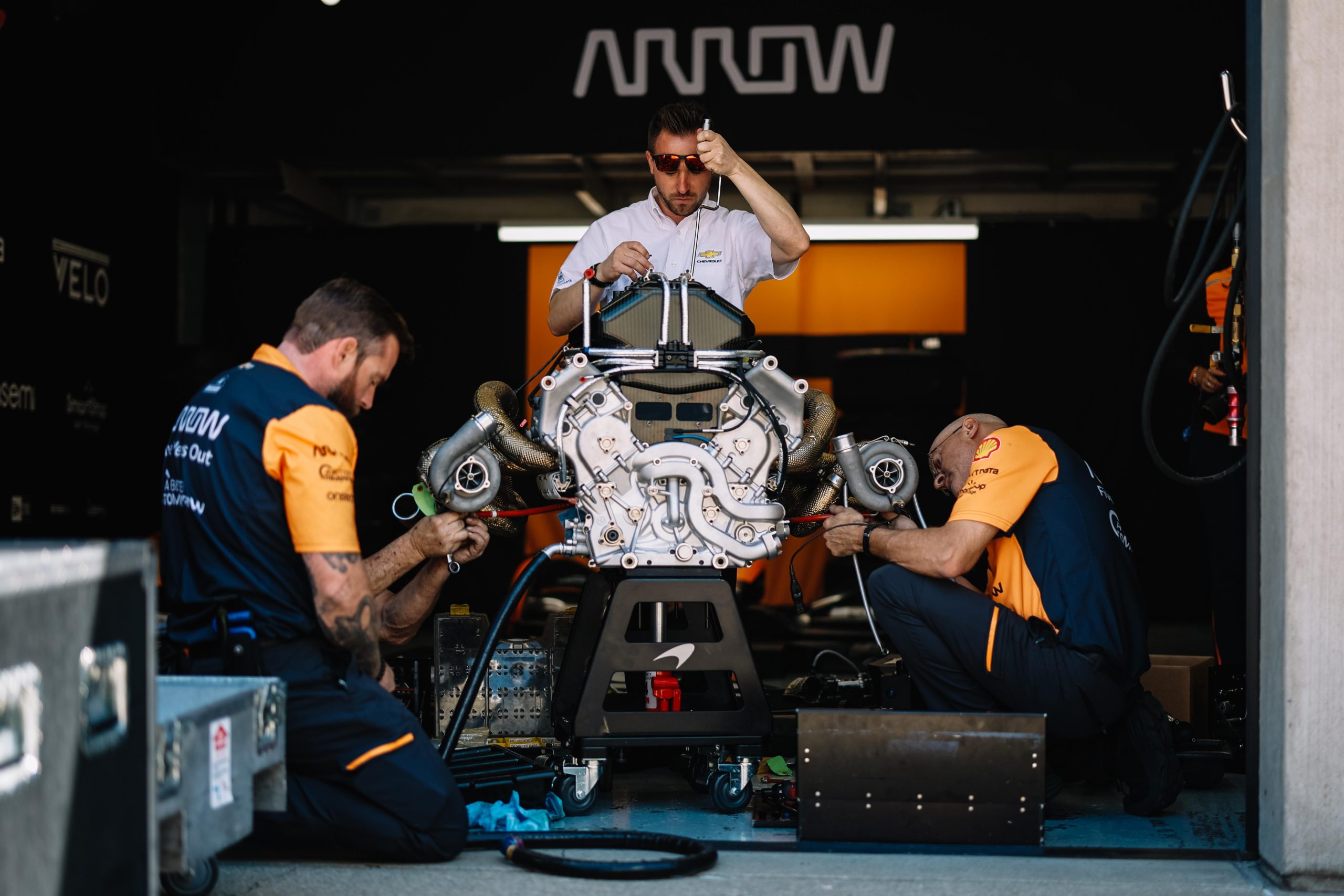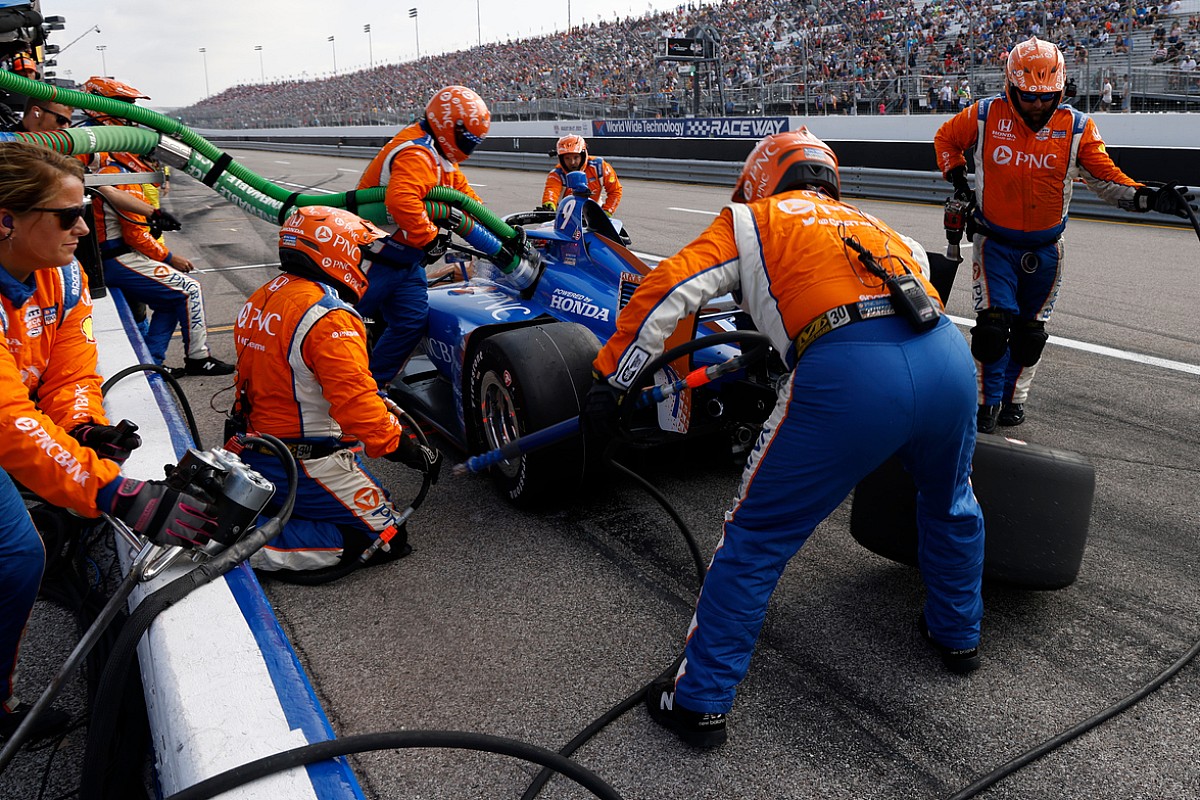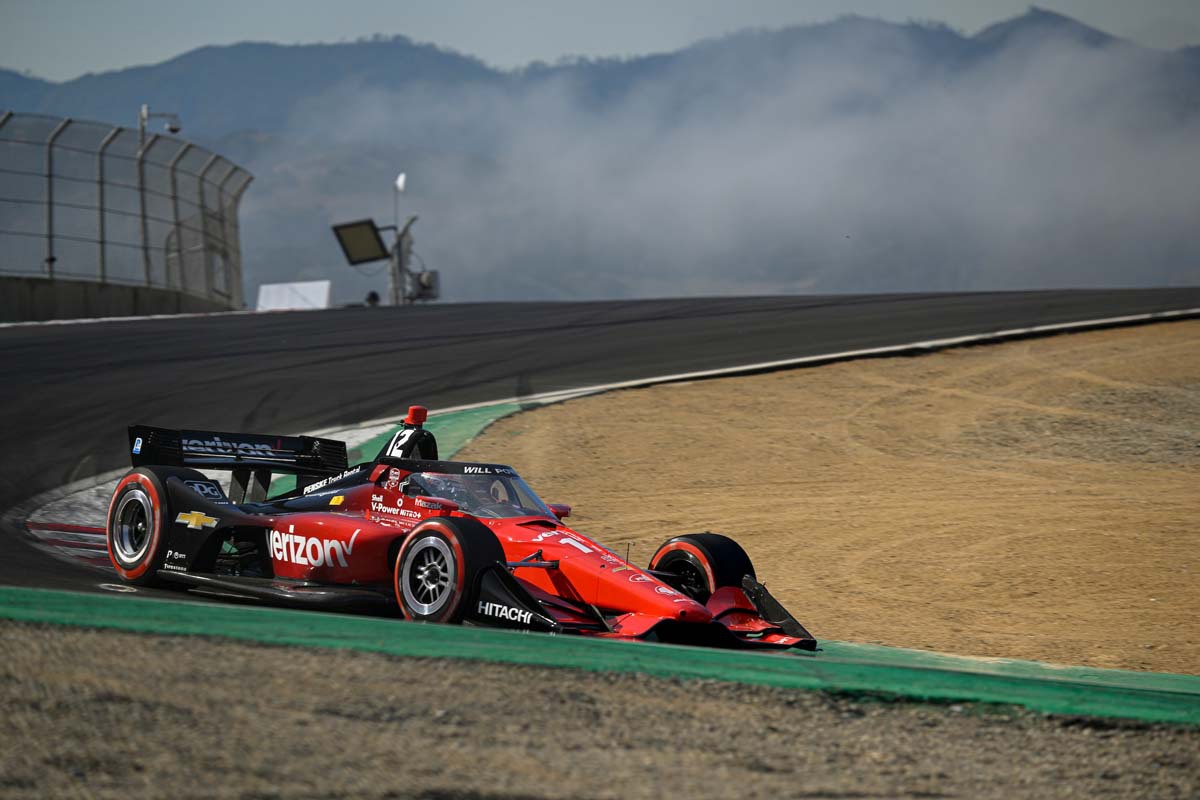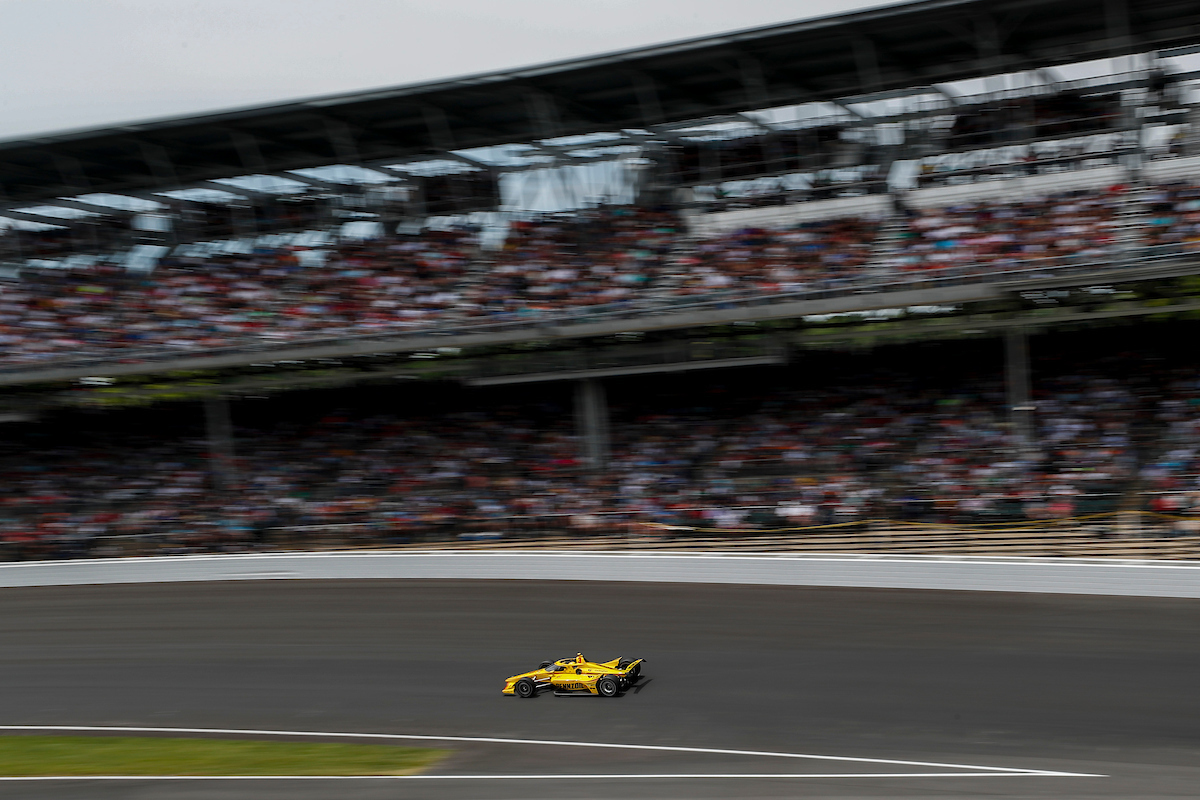Why Is IndyCar So Dangerous?
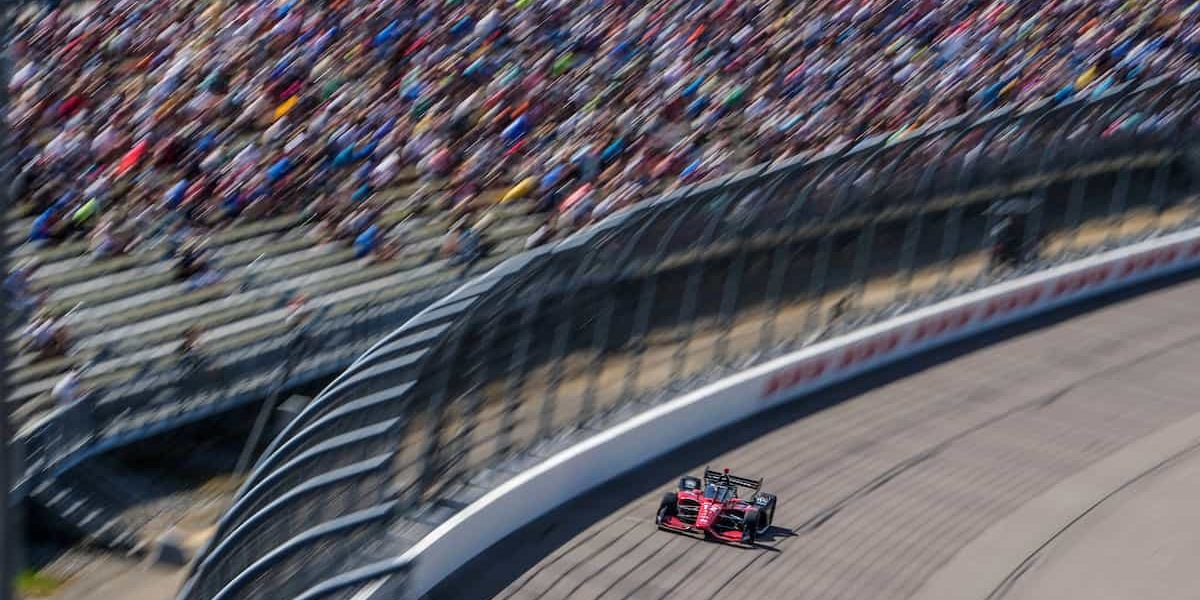
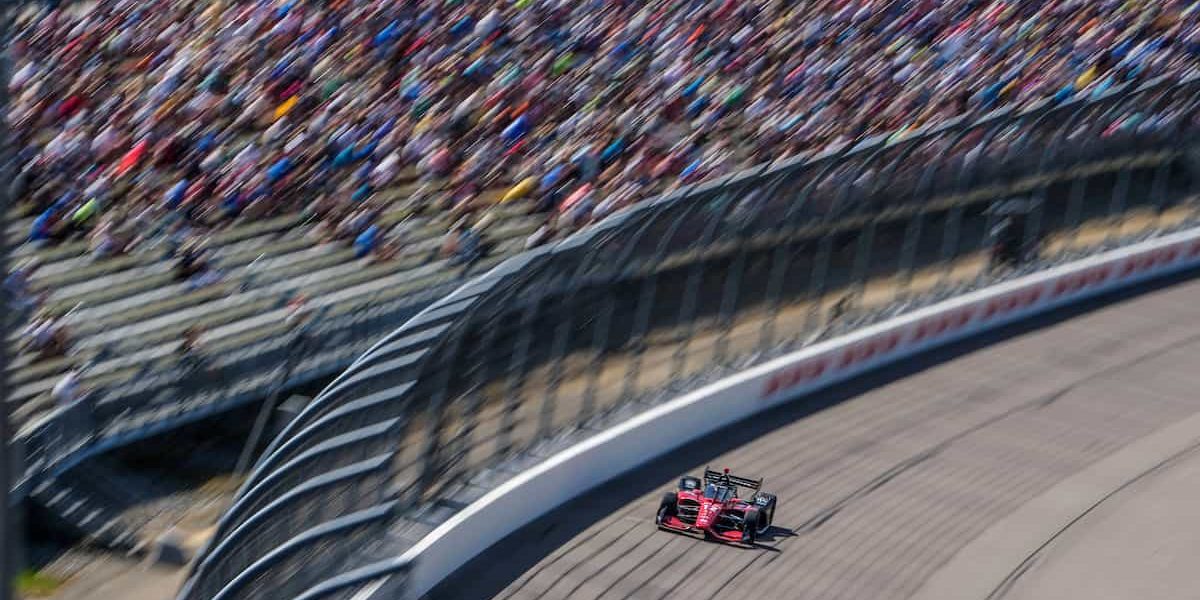
IndyCar racing is one of the most exciting, yet most dangerous motorsports. Like motorcycling, this motorsport has recorded many deaths over the years that shocked spectators and drivers. While many Formula 1 fans and racers admire IndyCar, this motorsport is not for the faint-hearted. IndyCar racing involves racers taking on competitors in an oval-shaped circuit. With high speeds and no error margin, these racers put everything on the line to win the race. Why is IndyCar so dangerous? We will cover the factors surrounding the famous motorsport to give you a better idea.
Table of Contents
What Is IndyCar Race?
IndyCar is an American auto-racing body that promotes and conducts car racing and related activities. Skilled drivers participate in five racing series, including IndyCar Series, Indianapolis 500, Indy Lights, Indy Pro 2000 Championship, and the U.S. F2000 National Championship. This motorsport is famous for its head-scratching race battels and life-threatening on-track challenges.
5 Reasons Why IndyCar Is So Dangerous
If you wonder why IndyCar is the most dangerous of all motorsports, we have covered a few reasons to help you out. Let’s dive into the details.
No Runoff Areas
Unlike other car racing sports, IndyCar race tracks lack runoff areas for drivers. IndyCar racers drive in a pressured environment at high speeds. If any driver faces a problem, the rest of the teams face an unavoidable impact. Typically, IndyCar circuits are oval, making it challenging for drivers to steer clear of the hurdles in their path to winning.
Moreover, drivers often lose control when taking over the next racer on the track. Since overtaking requires breaking through sustainable speed, it can be extremely risky on oval tracks.
Banked Tracks
Many IndyCar race tracks are banked to accommodate high-speed racing. However, there is a downside to the banked format. Such race tracks increase the car’s speed, making it challenging to steer smoothly through the turns while maintaining a safe distance from other drivers. A slight missteer can lead to unprecedented calamities involving many racecar drivers.
Banked race tracks on the oval circuit also increase the chances of horizontal impacts. Since drivers maintain a high speed throughout the circuit, they often bottleneck on sharp curves and lose track.
Poor Safety Regulations
Unlike other motorsports, IndyCar races have poor safety regulations. The race tracks are narrow and have limited safety margins for drivers. Racecars race in close proximity, increasing the impact chances. Fifty-eight deaths in the historic Indianapolis Motor Speedway event speak about the poor safety regulations on IndyCar tracks.
Another safety drawback of IndyCar races is the possibility of chain reactions. When drivers race close, they can collide with multiple cars on the track within a second. Such cases lead to massive calamities and driver deaths.
Century-Old Racing Circuits
Yes, it is true. Many oval circuits in IndyCar races are over a hundred years old. Modern IndyCar vehicles remain unfit for most patches with no major track upgrades. Modern cars have more powerful engines with faster speeds. A slight bump on the track may lead to massive injuries and losses.
Sometimes, the speeding cars flip out of the circuit and impact the banks, increasing the chances of spectator injuries.
Intended Impacts
If you are a motorsport enthusiast, you might know how racecar drivers use tactics to break each other’s focus on the track. The risk of intended impacts significantly increases in IndyCar racing. Especially in the final few laps, the racecar drivers push their limits to ensure winning the race.
However, intended collisions can quickly turn the race into a disaster. Despite their focus on the track, drivers find it challenging to notice minor collisions ahead and fall prey to the impact. You may instantly recall several incidents when multiple drivers suffered due to one’s mistake.
Statements of Racing Drivers About IndyCar
IndyCar’s popularity has declined over the years due to various reasons. With it being the most dangerous motorsport, IndyCar fans are showing more interest in other motorsports nowadays. It is one of the many reasons IndyCar racing circuits have limited spectators than before. When asked about IndyCar, the 2021 F1 World Champion Max Verstappen shared that he loves watching IndyCar events.
While expressing his love for motorsport, he also highlighted the dangers of the track. Verstappen mentioned that he is not a big fan of the oval circuits due to the risk of a big crash. Max Verstappen also pointed out that the risk may also be present in Formula racing. However, IndyCar is much riskier due to its direct impact on walls and other drivers on the track.
Another racecar driver Roman Grosjean joined the IndyCar event (2021) but chose not to race after seeing the oval circuit. He mentioned that despite his passion for the race, it is a significant risk to take on such tracks. He also recalled his massive crash at the Bahrain Grand Prix, leaving his family praying for his life. Grosjean did not want to have another life-threatening experience on oval tracks.
Is IndyCar Still Popular?
IndyCar is a passionate motorsport with fans hailing from all over the world. The thrilling experience keeps you on your toes until you see one of the two possible outcomes, a winner or a massive crash. With history pointing out several incidents where drivers lost their lives on oval circuits, IndyCar has lost much popularity.
Many fans have switched their motorsport passion to other car races, including F1. Seeing multiple cars crashing in front of your eyes can be traumatic. Not every IndyCar fan has the courage to deal with the aftereffects of the crashes. Moreover, poorly maintained race circuits have further restricted fans from enjoying a live IndyCar event.
Why Is IndyCar So Dangerous? The Conclusion
The above factors highlight why IndyCar is extremely dangerous among other motorsports. Despite wearing a safety kit and a helmet, many IndyCar drivers lost their lives pursuing their passion. If you want to watch the historic IndyCar races, you can find many online videos to relive the moments. To find more information about motorsports and racecar events, feel free to come back later.







